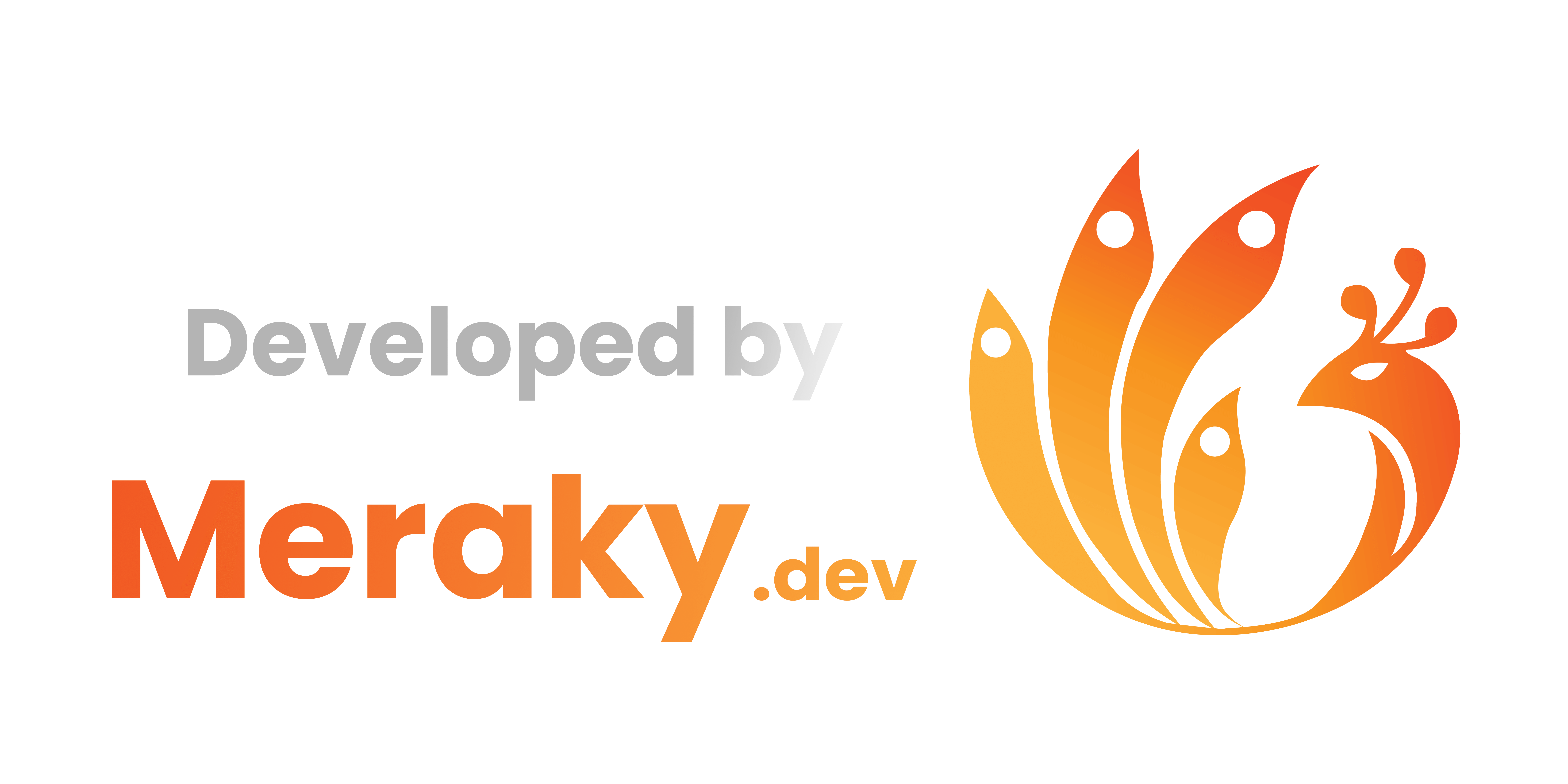In today’s fast-paced digital world, attention spans are shrinking, and short-form video content is exploding. Platforms like TikTok, Instagram Reels, and YouTube Shorts have revolutionized how we consume information and entertainment, presenting a massive opportunity for brands to connect with their audience in engaging and impactful ways. As a business, you might be wondering how to navigate this dynamic landscape and leverage the power of short-form video for brand awareness and lead generation. Look no further! This comprehensive guide will dive into platform-specific best practices, exciting content ideas, and effective strategies to make short-form video work for your brand. Understanding the Short-Form Video Landscape: While the core concept of short, engaging videos remains consistent, each platform has its unique nuances and audience: TikTok: The pioneer of short-form video, TikTok thrives on trends, challenges, humor, and authentic, user-generated content. Its algorithm is highly effective at surfacing niche content to interested users, making it ideal for reaching new audiences and building a strong community. Instagram Reels: Integrated within the established Instagram ecosystem, Reels benefits from a diverse user base already familiar with visual content. It excels in showcasing aesthetically pleasing content, behind-the-scenes glimpses, tutorials, and collaborations. YouTube Shorts: Leveraging YouTube’s massive reach and search capabilities, Shorts offers a platform for bite-sized entertainment and information. It’s particularly effective for educational content, teasers for longer-form videos, and reaching a broad audience. Platform-Specific Best Practices for Short-Form Video Success: To maximize your impact, tailor your approach to each platform: – TikTok: Embrace Trends and Challenges: Actively participate in relevant trends and challenges to increase discoverability. Put your brand’s unique spin on popular formats. Prioritize Sound and Music: Audio is crucial on TikTok. Use trending sounds, catchy music, and engaging voiceovers to capture attention. Keep it Authentic and Raw: Polished, overly produced content often doesn’t resonate as well as genuine, relatable videos. Encourage User Interaction: Pose questions, run polls, and encourage users to create their own content related to your brand (user-generated content). Utilize Hashtags Strategically: Research trending and niche-specific hashtags to reach relevant audiences. Focus on Entertainment and Value: Whether it’s humor, education, or inspiration, ensure your content provides value or entertainment within a short timeframe. – Instagram Reels: Visually Appealing Content: Leverage high-quality visuals and engaging editing techniques to stand out in users’ feeds. Tell a Story Quickly: Capture attention within the first few seconds. Use text overlays and transitions to convey your message concisely. Utilize Instagram’s Creative Tools: Experiment with filters, effects, stickers, and music available within the Reels editor. Cross-Promote Your Reels: Share your Reels to your Instagram Story and feed to maximize visibility.Engage with Your Audience: Respond to comments and DMs to build connections. Showcase Behind-the-Scenes and Tutorials: Offer exclusive glimpses into your brand or provide quick, valuable tutorials related to your products or services. – YouTube Shorts: Optimize for Vertical Viewing: Ensure your videos are formatted correctly for the vertical screen.Compelling Hooks: Grab viewers’ attention immediately with an engaging opening. Concise and Direct Messaging: Get straight to the point within the short time limit. Utilize Relevant Keywords in Titles and Descriptions: Optimize your Shorts for search within YouTube.Tease Longer-Form Content: Use Shorts to drive traffic to your longer YouTube videos. Experiment with Different Formats: Try quick tips, product demos, behind-the-scenes snippets, and entertaining anecdotes. Short-Form Video Content Ideas for Brand Awareness and Lead Generation: The possibilities for short-form video content are vast. Here are some ideas to get you started:Behind-the-Scenes Glimpses: Offer a peek into your company culture, team, or product creation process to humanize your brand. Quick Tutorials and How-Tos: Share valuable tips and tricks related to your industry or products. Product Demonstrations: Showcase your products in action in an engaging and concise way. Customer Testimonials and Success Stories: Feature happy customers sharing their positive experiences. Answer Frequently Asked Questions (FAQs): Address common queries in a visually appealing format. Run Contests and Giveaways: Encourage engagement and generate excitement around your brand. Share Industry News and Insights: Position yourself as a knowledgeable resource in your field. Collaborate with Influencers: Partner with relevant creators to reach a wider audience. Create Entertaining and Humorous Content: Inject personality into your brand and make it memorable. Run Short-Form Video Series: Create episodic content around a specific theme. Strategies for Leveraging Short-Form Video for Brand Awareness and Lead Generation: Consistent Posting Schedule: Regularly publish new content to keep your audience engaged and attract new viewers. Engage with Comments and Messages: Foster a community around your brand by actively interacting with your audience. Track Your Analytics: Monitor key metrics like views, likes, shares, and comments to understand what resonates with your audience and refine your strategy. Experiment and Iterate: Don’t be afraid to try different content formats and approaches. Analyze what works best for each platform and adapt accordingly. Include Clear Calls to Action (CTAs): While direct selling might not always be the primary goal of short-form video, subtly guide viewers towards the next step. This could be encouraging them to visit your profile, check out a link in your bio, or learn more about a specific product. Link in Bio Optimization: Utilize the link in bio feature on TikTok and Instagram effectively. Use tools to create a landing page with multiple relevant links. Integrate with Your Overall Marketing Strategy: Ensure your short-form video efforts align with your broader marketing goals and campaigns. The rise of short-form video presents an exciting opportunity for businesses to connect with their audience in creative and engaging ways. By understanding the nuances of each platform, implementing best practices, and consistently creating valuable content, you can leverage TikTok, Instagram Reels, and YouTube Shorts to significantly boost your brand awareness and generate valuable leads. Ready to unlock the power of short-form video for your brand? Let the experts at GZ Consultancy guide you in developing a winning short-form video strategy tailored to your business goals. Visit our website today at https://gzconsultancy.com.
A Deep Dive into Marketing Attribution Models: Which One is Right for You?
In today’s complex digital landscape, understanding which marketing efforts are truly driving conversions is paramount. You’re likely investing time, energy, and budget across various channels – social media, email marketing, paid advertising, content creation, and more. But how do you know which touchpoints are most influential in a customer’s journey? This is where marketing attribution models come into play. At its core, marketing attribution is the process of identifying which touchpoints in a user’s conversion path deserve credit for the sale or conversion. Choosing the right attribution model is crucial for making informed decisions about your marketing spend, optimizing your campaigns, and ultimately, achieving your business goals. Let’s delve into some of the most common marketing attribution models and explore their strengths and weaknesses: Choosing the Right Attribution Model for Your Business: Selecting the most suitable attribution model isn’t a one-size-fits-all approach. Consider the following factors: * Your Business Goals: Are you primarily focused on brand awareness, lead generation, or direct sales?Your primary objective will influence which touchpoints you want to emphasize. * Your Sales Cycle Length: Longer sales cycles might benefit from models that give more weight to nurturing touchpoints (like time-decay or U-shaped), while shorter cycles might find last-touch sufficient. * Your Data Availability and Complexity: Some models are simpler to implement with basic analytics, while others require more sophisticated tracking and analysis. Ensure your infrastructure can support your chosen model. * Your Customer Journey: Understand the typical path your customers take before converting. Which touchpoints are most common and influential? * Experimentation and Iteration: Don’t be afraid to test different models and analyze the results. You might even consider using a data-driven attribution model, which uses algorithms to assign credit based on actual conversion probabilities. Ultimately, the goal of marketing attribution is to gain a clearer understanding of your marketing effectiveness and make data-backed decisions to optimize your strategies. By carefully considering the different models and your unique business needs, you can unlock valuable insights into your customer journeys and drive better results. Ready to gain a deeper understanding of your marketing performance and implement the right attribution model for your business?Contact the experts at GZ Consultancy today for a personalized consultation! Visit our website at https://www.gzconsultancy.com
Zero-Click Search & SERP Saturation Strategies: How to Stay Visible in an Evolving Google Landscape
In an era dominated by zero-click searches, digital visibility no longer begins and ends with the #1 organic position. As Google’s AI Overviews, featured snippets, and knowledge panels increasingly command prime real estate on the SERP, brands must evolve their strategies to remain competitive.This article explores how to adapt to declining click-through rates (CTRs), optimize for SERP features, and implement entity-based SEO and schema markup to maintain digital relevance. The Rise of Zero-Click Searches: What You Need to Know According to a SparkToro study, over 65% of Google searches result in no click. This shift has been accelerated by:– AI Overviews (formerly SGE): Google’s AI-generated summaries present instant answers, reducing the need to visit websites. – Knowledge Panels & Featured Snippets: Serve users’ queries directly within the SERP. – Voice Assistants: Deliver short, concise answers drawn from pre-indexed content. What This Means for Marketers? – Organic CTRs are falling, even for top-ranking pages. – Visibility is no longer about clicks alone; it’s about presence in multiple SERP features. – Brands must fight for SERP saturation, not just rankings. SERP Saturation Strategies to Maximize Visibility. To counter zero-click trends, marketers should focus on SERP feature optimization across all touchpoints. – Use direct question-based H2s and H3s (e.g., “What is zero-click search?”) – Provide concise, 40–60-word answers immediately after headers. – Include ordered/unordered lists and table formats where appropriate. – Analyze snippet opportunities using tools like Ahrefs, SEMrush, or Surfer SEO. – Build and claim your Google Knowledge Panel via Google’s “Get Verified” process. – Ensure consistent brand mentions across high-authority directories (LinkedIn, Crunchbase, Wikidata). – Use schema.org markup for Organization, Person, and Product entities. – Use natural language and conversational tone. – Include FAQ sections with long-tail questions. – Incorporate structured data for FAQs and How-Tos using FAQPage and HowTo schema types. Schema Markup & Entity-Based SEO: The Foundation of AI-Driven Search Why Schema Markup Matters More Than Ever? Structured data helps Google and AI systems interpret your content contextually, which is crucial in a zero-click ecosystem. Key Actions:* Implement schema for: – Article, FAQPage, BreadcrumbList, HowTo, Organization – Product, Review, Event, VideoObject * Validate using Google’s Rich Results Test. Entity-Based SEO for Semantic Search With Google’s move from strings to entities, search engines now understand context, relationships, and topics at a deeper level. Tactics:– Use internal linking to reinforce entity relationships across content. – Build topical authority with pillar content and cluster pages. – Include explicit and implied mentions of related concepts and synonyms. – Connect your content to Wikipedia/Wikidata when possible for entity recognition. Monitoring, Adapting, and Owning Your SERP Space Continually analyze your SERP footprint:– Use tools like SE Ranking or SERPWatcher to track how your content appears across snippets, panels, and carousels. – Regularly audit schema markup and update based on Google’s evolving documentation. – Review Search Console’s Performance Report with a focus on impression vs. click data. The Future: AI Overviews and Experience-Focused Search With AI Overviews becoming more prevalent, search visibility is transitioning from keyword matching to contextual usefulness. What to expect:– Increased emphasis on first-party data and unique expert insights. – Short-form answers that align with AI summary criteria. – E-E-A-T (Experience, Expertise, Authoritativeness, Trust) signals becoming even more critical. Conclusion: Don’t Just Rank — Saturate the SERP In today’s zero-click reality, traditional ranking isn’t enough. Brands must engineer their presence across featured snippets, AI overviews, panels, FAQs, and voice results to win attention and trust. 🔍 Start optimizing smarter — not harder — and take ownership of your digital visibility. 🚀 Ready to Dominate the SERPs? Partner with GZ Consultancy to future-proof your SEO strategy against the challenges of AI search and zero-click results. 👉 Visit GZ Consultancy Today
How Generative AI (ChatGPT, Gemini, etc.) Is Reshaping Keyword Research, Content Creation, and SERP Rankings?
Introduction: The AI Revolution in SEO The rise of generative AI—powered by models like ChatGPT, Gemini, Claude, and Google’s Search Generative Experience (SGE)—has fundamentally transformed search engine optimization (SEO). From automating keyword research to revolutionizing content creation and reshaping SERP rankings, AI is redefining how businesses approach digital visibility. As of 2025, 39% of Google SERPs feature AI-generated overviews, up from just 25% in 2024 7. This shift means SEO professionals must adapt or risk losing organic traffic to AI-driven search summaries.In this article, we’ll explore how generative AI is impacting:✅ Keyword research – AI’s predictive analytics and semantic understanding✅ Content creation – Automated drafting, optimization, and personalization✅ SERP rankings – The rise of zero-click searches and AI Overviews By the end, you’ll understand how to leverage AI for SEO dominance—and why partnering with GZ Consultancy ensures you stay ahead in this AI-driven landscape. Generative AI’s Impact on Keyword Research From Manual Queries to AI-Powered Predictive Insights Traditional keyword research relied on tools like Google Keyword Planner and Ahrefs, but generative AI takes it further by:– Predicting emerging trends before they peak – Analyzing semantic relationships between keywords – Generating long-tail variations based on natural language queries For example, Google’s SGE now processes conversational queries (e.g., “best running shoes for flat feet”) and surfaces AI-generated summaries instead of just links 5. This means SEOs must optimize for user intent, not just keyword volume. AI-Driven Keyword Strategy in 2025 AI’s Role in Content Creation & Optimization From Human-Written to AI-Assisted Content Generative AI is not replacing writers but augmenting their efficiency:* Automated first drafts: Tools like Jasper and Frase generate SEO-optimized outlines in seconds.* Content refreshing: AI identifies outdated posts and suggests updates to maintain relevance.* Multilingual scalability: AI translates and localizes content while preserving SEO value. However, Google still prioritizes EEAT (Experience, Expertise, Authority, Trustworthiness). AI-generated content must be fact-checked and human-edited to avoid:❌ Generic, repetitive phrasing❌ Factual inaccuracies (AI hallucinations)❌ Low EEAT signals (hurting rankings) Structured Data & AI: A Match Made for SERPs Since Google’s SGE pulls from schema markup, optimizing structured data is now non-negotiable:* FAQ & How-To schemas increase chances of appearing in AI Overviews.* Product markup helps e-commerce sites rank in shopping-focused AI snippets . Key Takeaway: AI speeds up content creation, but human oversight ensures quality, EEAT, and SERP dominance. How AI Is Reshaping SERP Rankings The Rise of Zero-Click AI Overviews Google’s Search Generative Experience (SGE) now answers queries directly, reducing organic clicks:* 70% of AI Overview results change every 2-3 months, meaning rankings are more volatile.* Only 5 links appear per AI summary, so competition for visibility is fiercer. To adapt, brands must:✅ Optimize for position zero (featured snippets)✅ Use authoritative citations (AI pulls from trusted sources)✅ Leverage video & multimedia (AI prioritizes diverse formats) Generative Engine Optimization (GEO): The New SEO A new concept called GEO (Generative Engine Optimization) focuses on:* Citation optimization – Ensuring AI cites your brand as a source.* Natural language alignment – Mimicking how people speak in queries.* Real-time SERP tracking – AI rankings fluctuate faster than traditional SEO. Key Takeaway: SEO is not dead—it’s evolving. Brands must optimize for AI-driven SERPs or lose visibility. Conclusion: Future-Proof Your SEO with AI & GZ Consultancy Generative AI is reshaping SEO, but the core principles remain: quality content, user intent, and technical optimization. The difference? AI accelerates insights and execution. At GZ Consultancy, we specialize in:🔹 AI-powered keyword research to stay ahead of trends🔹 Human-AI hybrid content that ranks and converts🔹 Generative Engine Optimization (GEO) for AI-driven SERPs Don’t let AI leave your brand behind. Visit GZ Consultancy today to future-proof your SEO strategy! 🚀





